Walter Isaacson draws upon every source available, most notably the 7,000 pages of Leonardo’s own notebooks, along with the early accounts of Vasari, and also modern research and analysis of the paintings. It is Isaacson’s synthesis of these ideas and engaging writing that will make this the definitive account. For Isaacson, Leonardo’s inspiration comes he tied all of his interests between disciplines together. His studies of optics and light are reflected in his drawings and paintings as perfect perspective and shading, his fantastical imagined mechanisms were born from observing birds in flight, and Mona Lisa’s smile is informed by anatomical studies of which muscles move the lips. While visiting the Windsor Castle to view Leonardo’s studies of water called the “Deluge Drawings,” Walter Isaacson wondered whether Leonardo created them as works of art or of science, before realizing it was dumb question. The lead curator thought, “I do not think that Leonardo would have made that distinction.” This book also gets you to look at Leonardo’s artworks and paintings with a keener eye – here pointing out the paint smudged by fingertip, the edges carefully blended, or that the hatching goes upward to the left, as a left-handed artist would do. These observations aren't just an academic game - a painting attributed to Leonardo would be worth vastly more to the museum or collector. The painting “Salvator Mundi” which depicts Christ raising his hand in benediction was long thought to be a study or copy, but after a recent restoration and analysis verified it as Leonardo's original it sold at auction for $450 million dollars, far exceeding the price of any piece of artwork previously sold. Throughout his portrait of Leonardo, Isaacson dispels the idea of ‘genius’ as a given trait. Instead, it was his boundless curiosity and quest for knowledge that led to such ingenuity; we are encouraged to try thinking similarly. Isaacson also draws a comparison between the world of Renaissance Florence and our modern society as epicenters of art, technology and commerce, where creativity and innovation can flourish. One can’t criticize any of Walter Isaacson’s choices of biographical subjects; they each played a crucial role in some of the greatest moments of creativity and innovation the world has seen, though I hope he adds more chairs to his hypothetical dinner party and invites some of the groundbreaking women to the table in future books; the conversation will become even more engaging. In his tenure guiding the Aspen Institute, Isaacson always promoted a great diversity of voices, and I can’t wait to see what his coming projects will bring. He’ll certainly be missed around Aspen, though we can only hope he has plenty of time to devote to writing – his books are for the ages. -Nathan Child This review originally appeared in the Aspen Daily News on December 7, 2017.
0 Comments
Your comment will be posted after it is approved.
Leave a Reply. |
Adult News & reviewsLibrary news, info about upcoming events, reviews of books and films, and a look at the topics that affect us as a library. Archives
July 2023
|
General |
Borrowing |
About |

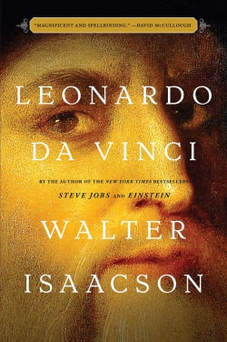
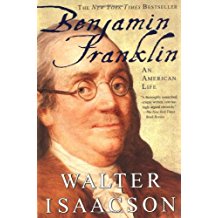
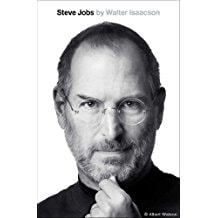
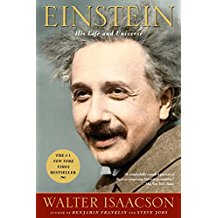
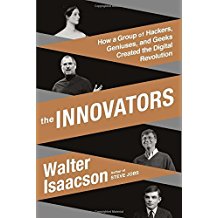
 RSS Feed
RSS Feed
